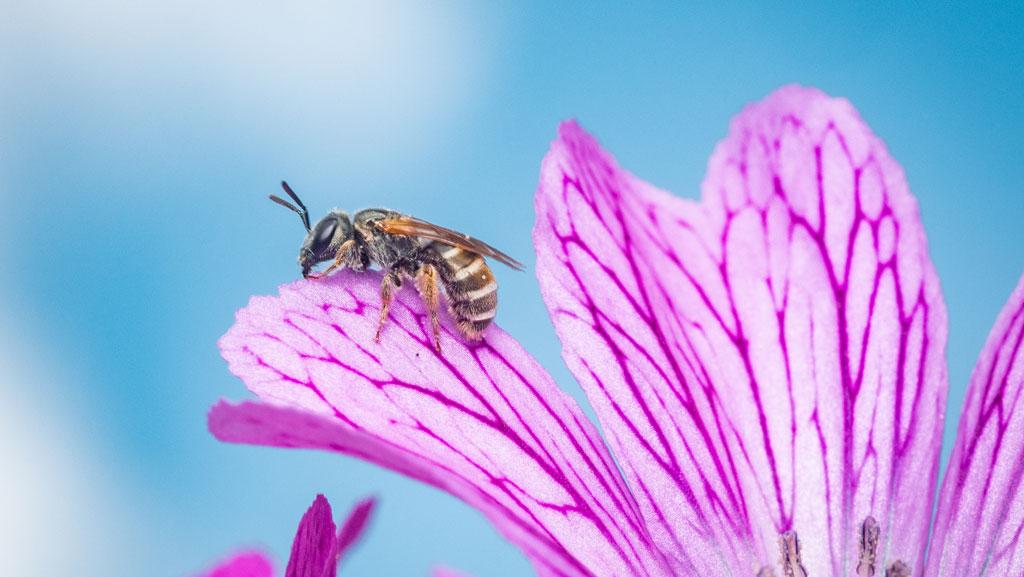Healthy gardens are home to a plethora of beneficial insects and pollinators. Whether insects make you squeamish or not, it's important to become a good host to your friendly garden insects. Plus a good steward of their home (your garden). Many of us get the heebie-jeebies when we see insects up close and personal. We'd like to encourage you to move past that initial "icky" feeling. Look at your garden insect population with curiosity and wonder. Get to know some of the most common and most helpful beneficial insects using this visual guide.
This guide will show you some examples of common beneficial insects you might find in your garden. We label the insect using the common name and put the scientific name in parenthesis. Keep in mind that there is a vast array of species within each genus. So, this is a general guide to a truly complex topic. Thanks to some help from our resident Plant Protection Manager at the Oregon Monrovia Nursery, Ron Tuckett. As well as a knowledgeable entomologist and photographer, Chris Hedstrom. Because of them, we're able to dive into the world of insects with visual and informative clarity.
Monrovia has been using beneficial insects for years to provide natural pest control. We'd like to help you do the same by passing along what we've learned. When we asked Ron about his approach to using beneficial insects for pest control, he explained. "The Oregon nursery has been using beneficial nematodes to control insects for close to 30 years. Predatory mites have been another big part of our pest control programs for about 20 years." And as for the bugs you commonly see in gardens? Ron says "we have resident populations of lacewing, ladybugs, soldier beetles, syrphid flies, parasitic wasps, minute pirate bugs, rove beetles, etc. in our pest management plans."
Chris Hedstrom echos Ron's sentiment about the best predators for common garden pests like aphids. He said they "are fed on by the generalist predators like lacewings, ladybugs, and snakeflies." If you've looked around your garden and haven't seen many of the insects mentioned, have no fear. The next time you're at your local garden center, ask around. They might have some beneficial insects waiting for you to bring home and release into your garden.
We're also including tips on encouraging these beneficial insects to not only visit, but make themselves at home in gardens. Here's a hint: the key is to create a healthy and welcoming space for them amongst your favorite plants. There's some advice on how to do just that. As well as a few plant recommendations and further reading at the bottom of the page.
Friendly Pollinating Bees
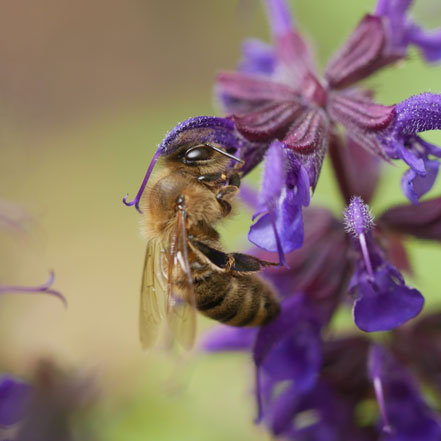
Honey Bee (Apis)
Perhaps the most famous bee in the world, the honey bee is a European native. It is well known for its honey and wax production, as well as its pollinating prowess. Western honey bees (Apis mellifera) have been domesticated to put these benefits to wide use. This particular honey bee is feeding on a purple Ajuga flower.
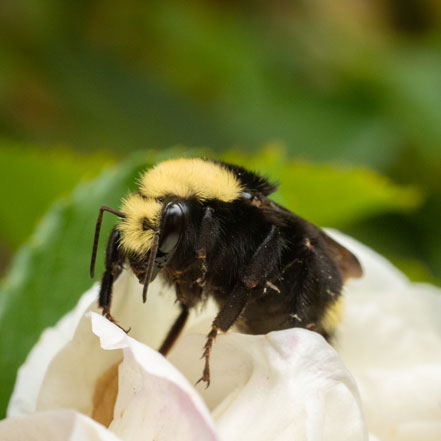
Bumblebee (Bombus)
Aptly named for their loud buzz and perhaps their bumbling flight pattern, bumblebees are a favorite garden visitor for many. Bumblebees are fantastic pollinators and can pollinate via "buzz pollination," which uses vibrations to swap pollen and fertilize plants. This big bumblebee is visiting a white climbing rose.
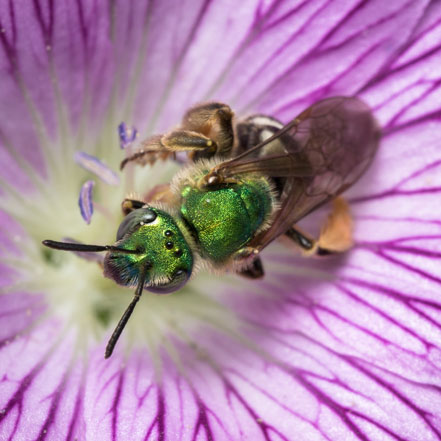
Sweat Bee (Agapostemon)
Sweat bees are small bees that make a big impact. Yes, it's true, sweat bees do drink sweat. They need the moisture and salt to supplement their steady diet of nectar. Don't panic if they land on you! This green metallic sweat bee is hugging a stamen on a cranesbill flower.
Bugs That Eat Aphids, Whiteflies, Mites, and Other Garden Pests
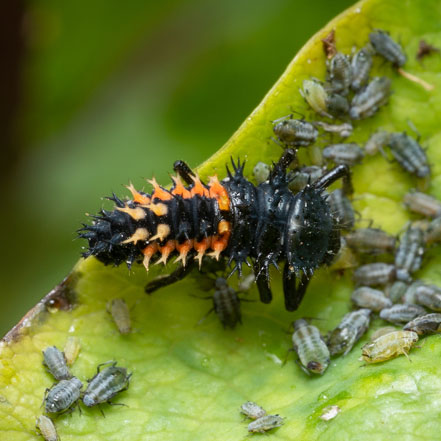
Ladybug Larvae (Coccinellidae)
Many gardeners are familiar with the aphid-fighting powers of the ladybug. Although, did you know that it's actually the larvae that do most of the aphid eating? If you see ladybugs in your yard, go on a hunt for their spiky larvae. They're probably out there doing you a favor and eating those pesky aphids.
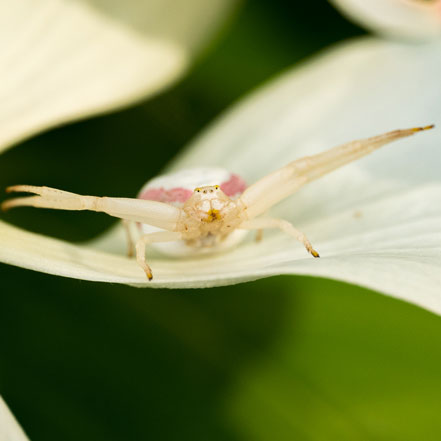
Crab Spider (Thomisidae)
Crab spiders are ambush hunters that don't spin webs. They prey on pests like mites and practically anything else they can catch as they wait in the garden. These spiders are harmless to humans but deadly hunters when it comes to other insects. This crab spider is waiting for prey on a dogwood flower.
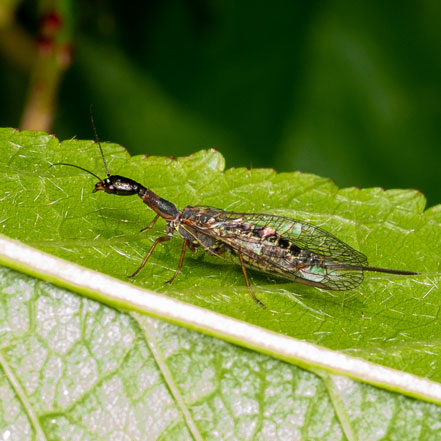
Snakefly (Raphidioptera)
Snakefly larvae and adults are both predators of aphids. They are well known to be excellent pest control in agricultural settings. In fact, adult snakeflies are particularly helpful in pear orchards, where they eat the pest, pear psylla. The larvae also eat wood-boring insects, which can be helpful for pest control.
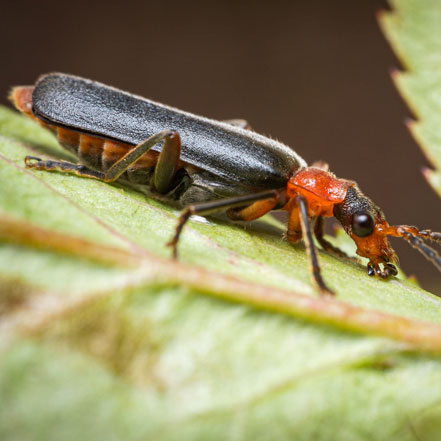
Soldier Beetle (Cantharidae)
Soldier beetle adults and larvae are strong pest predators with a voracious appetite. They will delightfully destroy an aphid colony as well as many other garden pests. For instance, cucumber beetles, corn rootworms, grasshopper eggs, and other soft-bodied insects.
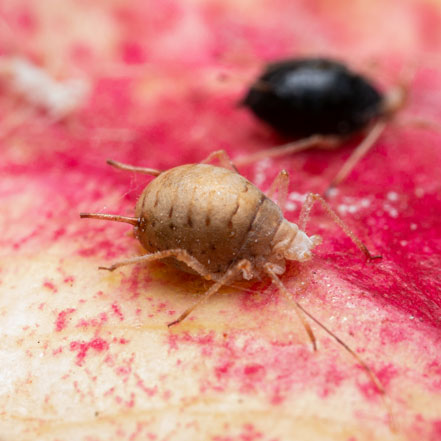
Aphid Parasitoids (Aphidius)
Aphid parasitoids are tiny and fast wasps, so it can be hard to spot them in the garden. However, if you see an aphid mummy (pictured above), you're in luck! "The aphid mummies are all papery and tan, or black, and they are an indication that you have parasitoids working in your system, so seeing those is a good thing," says Hedstrom.
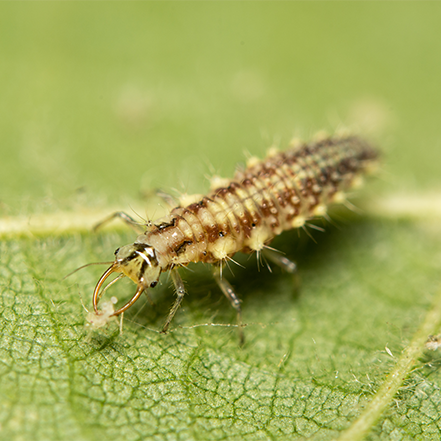
Lacewing Larvae (Chrysopidae)
Lacewing larvae are relentless predators of aphids and are commonly used for aphid control in large agricultural settings. They also eat many other common garden pests, like whiteflies, mites, mealy bugs, and more soft-bodied pests. If you see lacewing adults or larvae in your garden, it's cause for celebration.
Photo by Shutterstock
Bugs That Eat Mosquitoes and Other Annoying Pests

American Bluet (Enallagma)
Goodbye mosquitos! A damselfly species that often gets confused with dragonflies. American Bluet adults and nymphs provide mosquito control by feasting on the larvae and adult forms of mosquitoes. Adult bluets also eat annoying bugs like flies, mayflies, and moths.
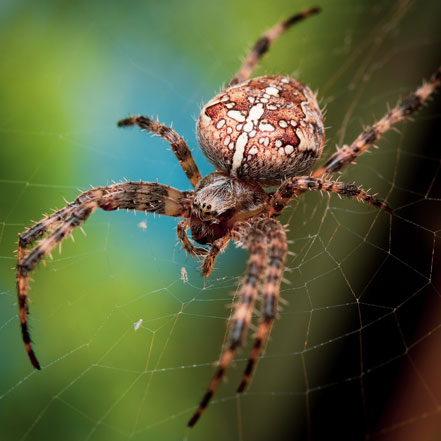
European Garden Spider (Araneus)
This orb-weaver spider might look a little scary, but it is a gardener's best friend. Common spiders like this one will catch all sorts of annoying pests in their webs. This includes mosquitoes, flies, wasps, and beetles. The next time you see a spider hanging out in its web, say "thank you." They are keeping all those buzzing pests at bay.
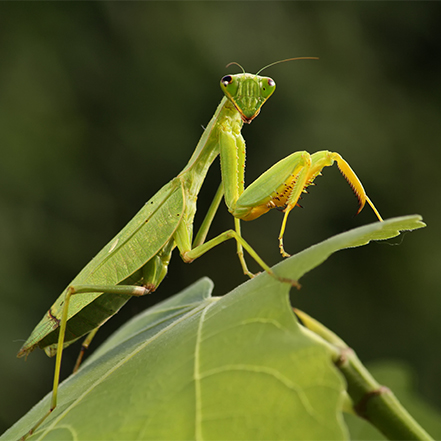
Praying Mantis (Mantodea)
Spotting a praying mantis in the garden is a pretty exciting moment. Praying mantises not only look cool, but they're also fantastic hunters. Mantises are generalist ambush hunters, which means they'll stealthily catch and feast on anything from moths to grasshoppers.
Photo by Shutterstock
How to Encourage Beneficial Insects in Your Garden
How do you encourage beneficial insects to live in your garden? The key to being a good host to your insect population is creating a healthy ecosystem where they can thrive. Here's a bonus: these tips are also great for supporting your local bird population.
Follow the tips below and you'll find your garden buzzing (and crawling) with life:
- Avoid insecticides and other pesticides. This is the #1 way you can encourage life of all kinds in your garden. When you spray insecticides on pests, you harm beneficial insects, pollinators, and birds, as well. If you feel you must use an insecticide, look closely for beneficials before you spray. (And don't spray if you see them).
- Create a habitat for local insects by planting more trees, shrubs, grasses, and flowers. Insects love the cover and nectar of plants!
- Grow native plants. While your entire garden doesn't need to be full of native plants to encourage beneficial insects and pollinators. It is important to grow as many as you can in order to provide sustenance to your local insect population. Native plants play a big role in the life of your local birds, bees, butterflies, and beneficial insects.
- Grow pollinator-friendly plants. Not all pollinator-friendly plants are native. However, they all do provide an abundance of nectar to butterflies, bees, and other pollinators.
- Have flowers blooming in the garden throughout the season. If you have flowers blooming from early spring through fall, your pollinators and beneficial insects will thank you. They'll stick around and come back next year.
- Provide water. If you live in a dry area, you'll need to provide a bit of water to keep your bees healthy. Provide accessible water by filling a shallow basin or bowl with water. Then place a few rocks in the water for the bees to stand on.
- Introduce commercially available or lab-raised beneficial insects to boost numbers. If you've followed all of the tips above but still don't see many beneficial insects around your garden, do this. Find a reputable source to purchase insects that you can release at home. Ask your local nursery or extension office for advice on this. Some will warn against introducing certain insects that might carry disease to the local population.
3 Beneficial-Insect-Friendly Plants to Add to Your Garden
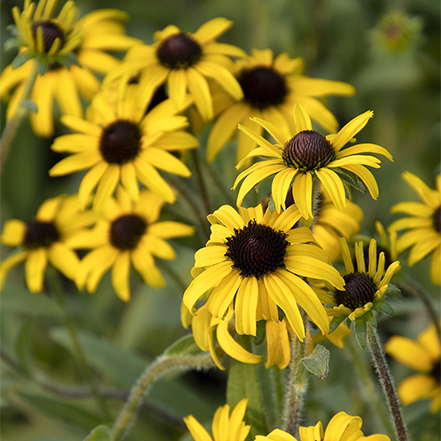
American Gold Rush Black-Eyed Susan
A variety that thrives in wet, humid conditions, these are perfect for providing nectar and pollen in late summer and fall, when many other plants have finished their bloom. Up to 26" tall by 40" wide. Zones 4-9.
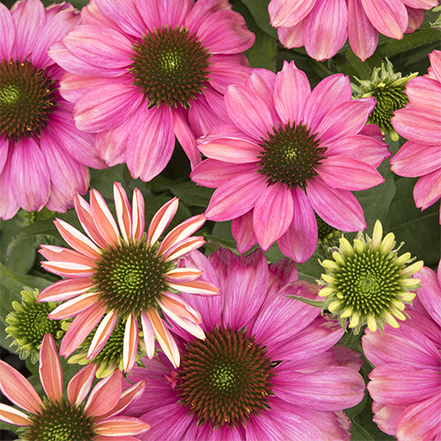
Evolution Colorific Coneflower
Also known as "green-eyed coneflower." These low-maintenance perennials are visited by pollinators from early spring through fall, thanks to their continuous bloom. Up to 20" tall by 18 wide. Zones 4-9.
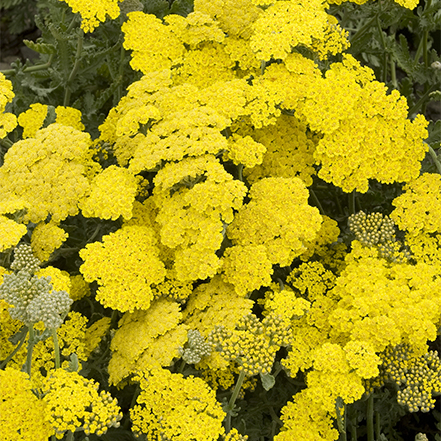
Moonshine Yarrow
A low-water, low-maintenance favorite for pollinators and beneficial insects. Bright yellow blooms are covered in pollinators in the heat of the summer. A great way to add bold color to dry landscapes. Up to 2' tall by 2' wide. Zones 3-9.
Learn More About Bug-Friendly Gardens
- Ask an Expert: Best Pollinator Plants
- Best Early Spring Flowering Plants to Attract Pollinators
- Late-Summer, Nectar-Rich Plants
- Early-Blooming, Cold-Hardy Pollinator Magnets
- Grow a Pollinator Border
- What to Plant to Attract Butterflies, Hummingbirds, and Other Pollinators
- Best Shrubs to Attract Pollinators (Northeast)
- Best Shrubs to Attract Pollinators (Northwest)
- Best Shrubs to Attract Pollinators (Midwest)
- Best Shrubs to Attract Pollinators (Southeast)
- Best Shrubs to Attract Pollinators (South)
- Best Shrubs to Attract Pollinators (Southwest)
